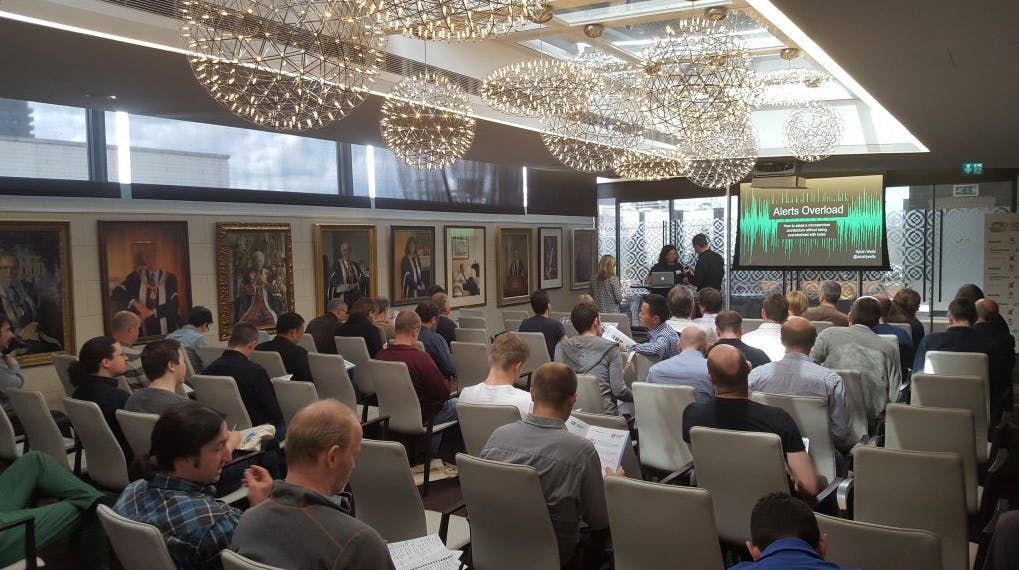For anyone who is passionate about continuous delivery and DevOps, Continuous Lifecycle London is an awesome conference. Despite being sold-out, it was “just the right size” with everyone talking about their own experiences at breaks, and wonderful informative talks, including keynotes by Jez Humble and Katherine Daniels. I was honored to speak on “Effective Feature Flagging to Speed up and De-risk Development”. In my talk, I addressed how feature flags done effectively can help not only developers and operations, but an entire organization to better deliver customer value. Though sometimes maligned as “the worse kind of technical debt”, I also covered tips to make sure that feature flags serve an organization, not the other way around.
Quick summary of pitfalls to avoid when using feature flags:
- Avoid ambiguously named flags
- Document flag purposes
- Remove flags when no longer needed
- Control access to flags
- Grant visibility to non-technical users
- Log flag changes
Anytime I give a talk, I hope that the audience finds it useful and valuable to them. So, I was very pleased to see
as well as hear in person thanks from teams who said “Your talk described my situation exactly.” My only regret was that I wanted to see other talks that were at the same time as mine – so much great content!
“Teams, not Tools” was the recurrent theme in other talks. Though DevOps can be seen as just building a faster pipeline to customers, it should also mean a better loop between developers, operations, and customers. As Dave Farley put it: “unless it’s in the hands of customers, it’s not done.” Matthew Skelton described continuous delivery as sometimes very threatening to an organization: “What if I don’t want to push features out 100 times a day?” and counseled that “Delivery does not equal deployment – just because a feature is shippable doesn’t mean that it’s shipped.” I’d add that feature flags help the business side control access to who they want, when they want.
Simon Tarry, Director of Engineering Strategy at Ticketmaster said, “Culture eats strategy for breakfast.” Tools can’t replace communication. Steve Pereira, Toronto DevOpsDays organizer, said “If someone says they’re talking about DevOps, ask them what they mean, because everyone thinks it means something different.” And, as Dave Cliffe, PagerDuty Product Manager put it – availability isn’t the goal, customer value is the goal of monitoring.
Caroline Jarrett‘s ending talk on Form Design might be viewed as a sleep inducer: UK Government forms. But, she gave a brilliant overview of her career in technology, dating back to manually (literally) installing programs on chips for cash registers. It’s amazing how far technology has come in the last forty years. Her passion to help make people’s lives better when they’re in stressful situations with government bureaucrats shone through her talk. She talked about how when people are stressed, their brain becomes overwhelmed and even simple tasks are hard, and hard tasks get harder. She phrased the need for empathy as the evolution from used to usable to useful.
Thanks to Joe Fay, Julia Schmidt, Esther, and the entire Continuous Lifecycle team for organizing a well-run conference with engaging content. Putting the Ops in “DevOps”, sessions stayed on time with no hiccups. I’d recommend Continuous Lifecycle to not just Developers and Operations, but anyone interested in how to make their organizations more efficient and harmonious in delivering customer value.

















.png)




